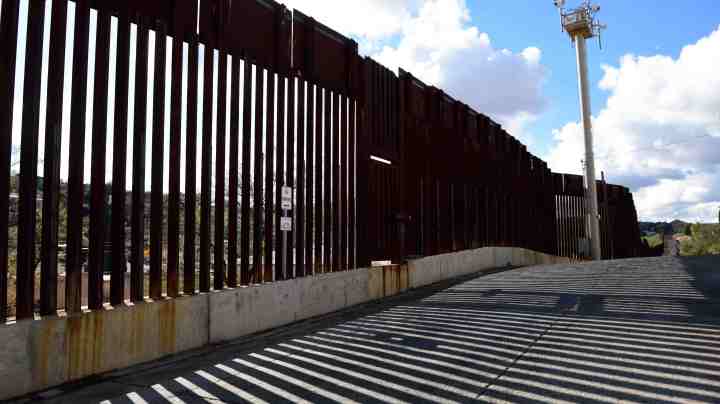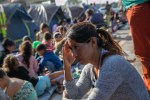Asylum Seekers Take Over Bridge Along the Texas-Mexico Border

Photo by Feifei Cui-Paoluzzo / Moment
Since Thursday, people hoping to apply for asylum have been camping out on a bridge at the U.S.-Mexico border protesting a Trump administration policy that puts limits on the number of asylum seekers who could enter the U.S. each day.
Hundreds of people, mostly from Central America, have taken over the Gateway International Bridge, which links Matamoros to Brownsville, Texas. Lying on mats or winter coats, the group, which includes children and babies, briefly closed down the bridge.
Traffic on the bridge “was temporarily halted at about 1:30 a.m. after a group of 250-300 migrants without entry documents had gathered at the midpoint of the Gateway Bridge,” U.S. Customs and Border Protection said in a statement on Thursday.
While protestors remain on the overpass, they have since cleared the roadbed allowing for the bridge to be re-opened.

The group said they were tired of waiting in Mexico to make their first claims for asylum at the U.S. border.
“We do not want to block traffic. We just want someone to talk to us, and this was the only way to do it,” Ernesto Banegas, a 51-year-old construction worker from Honduras, told the Associated Press.
Banegas fled his country after his 5-year-old son was kidnapped, but he hasn’t been able to apply for asylum in the U.S. due to metering, a practice of limiting the number of people who can seek asylum at the border each day.

While the Immigration and Nationality Act states that any foreign national “who arrives in the United States” may apply for asylum, under President Donald Trump, U.S. Customs and Border Protection officers have been preventing asylum seekers from arriving to the country by turning them away at the border and instead telling them to put their names on a waiting list.
Asylum seekers are told they won’t have to wait longer than a few days; however, many often go weeks or months without being called. Instead, they are forced to stay in overcrowded Mexican shelters or risk violence or illness while sleeping on streets or bridges.
“We just want them to tell yes or no,” Carla Moradel, a 21-year-old Honduran mom of a toddler, told the news wire. “If they had clearly told me, ‘No,’ I would have gone back to Honduras, but I think there is still a chance.”

In July, the Associated Press reported that there were about 19,000 names on waiting lists in four border cities.